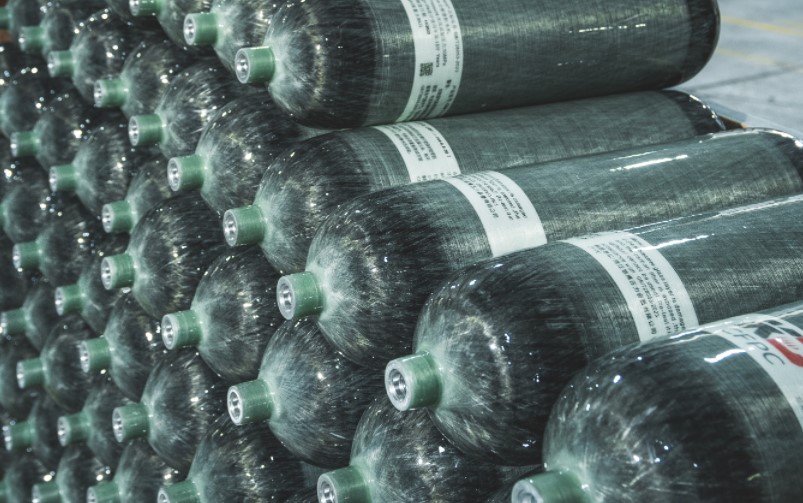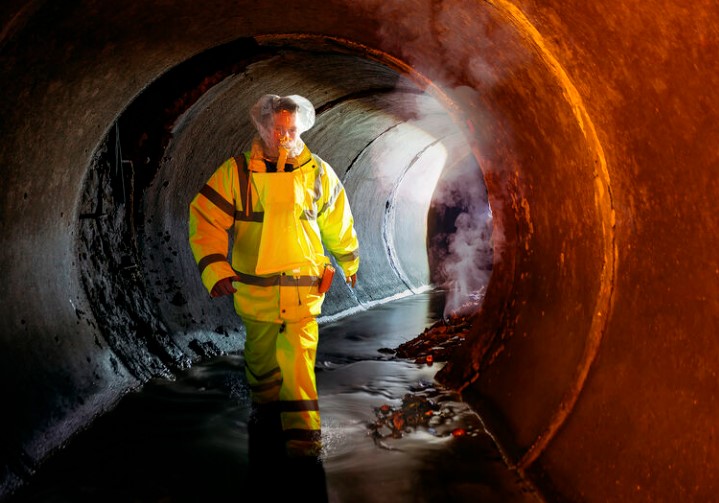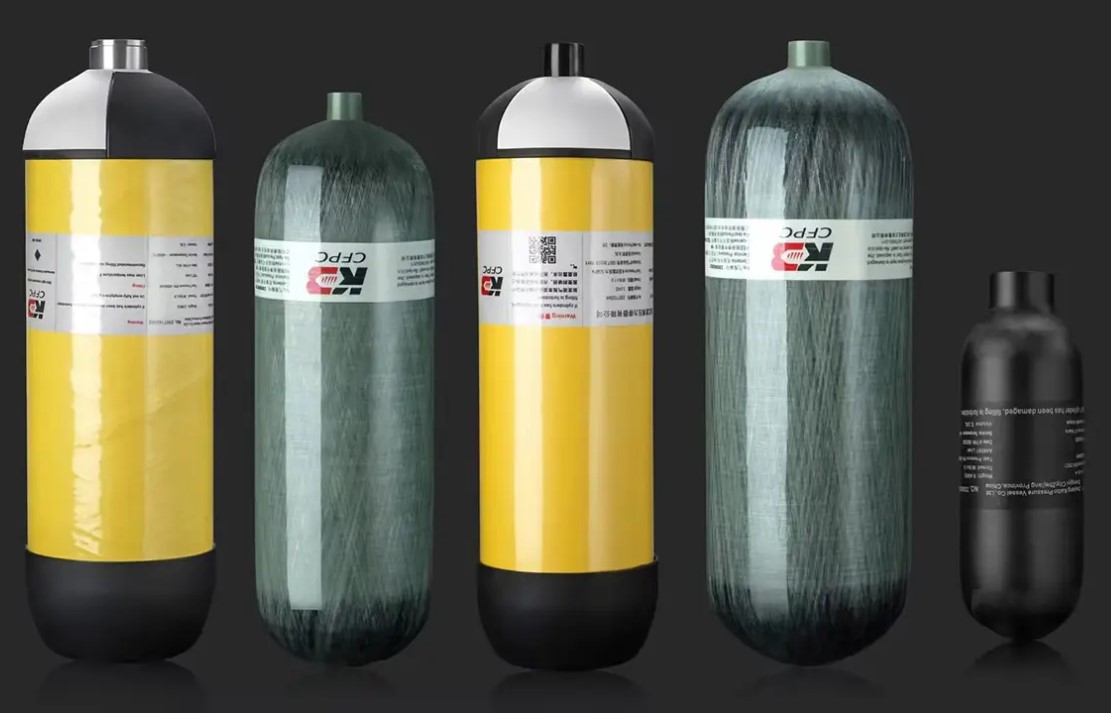Introduction
Lifesaving missions require reliable and efficient equipment to ensure the safety of both rescuers and those in need of assistance. One of the most essential components in these operations is the carbon fiber composite cylinder, which provides a lightweight and high-capacity source of compressed air. These cylinders are used in firefighting, emergency response, diving, and other rescue tasks where clean air supply is critical.
In this article, we will explore how carbon fiber cylinders work, why they are preferred over traditional alternatives, and their specific role in lifesaving operations.
How Carbon Fiber Cylinders Work
Carbon fiber cylinders are designed to store and deliver compressed air or gases efficiently. They are used in various breathing apparatuses, such as self-contained breathing apparatuses (SCBA) for firefighters, emergency escape breathing devices (EEBD) for ship crews, and self-contained underwater breathing apparatuses (SCUBA) for divers.
1. Structure of a Carbon Fiber Cylinder
A carbon fiber composite cylinder consists of multiple layers that work together to maintain strength and durability under high pressure:
-
Inner Liner: Usually made of aluminum or plastic, this holds the compressed air.
-
Carbon Fiber Wrap: A layer of carbon fiber composite reinforces the cylinder, giving it high strength while keeping it lightweight.
-
Resin Coating: A protective layer prevents damage from external elements like moisture, chemicals, and physical impact.
2. Air Compression and Storage
These cylinders store air at very high pressures, typically up to 300 bar (4,500 psi). The air is purified before being compressed to ensure it remains breathable.
3. Regulated Air Delivery
When in use, a regulator reduces the pressure from the cylinder to a safe and controlled level. This ensures a steady and breathable air supply to the user, whether they are a firefighter entering a smoke-filled building or a diver exploring deep waters.
Why Carbon Fiber Cylinders are Essential in Lifesaving Missions
Lifesaving operations often take place in extreme conditions where access to clean air is limited or completely unavailable. Carbon fiber cylinders help emergency responders and rescue teams work efficiently and safely in these environments. Here’s why they are essential:
1. Lightweight for Easier Mobility
Traditional metal cylinders are heavy, which can slow down movement during a rescue mission. Carbon fiber cylinders are up to 50% lighter while holding the same or more air capacity, allowing rescuers to move quickly and work longer without exhaustion.
2. Longer Air Supply for Critical Situations
Because carbon fiber cylinders store air at higher pressures, they provide a longer breathing time compared to steel or aluminum cylinders of the same size. This extra time can be crucial in firefighting, underwater rescues, and confined-space rescues.
3. High Durability and Impact Resistance
Lifesaving missions often involve harsh environments, where equipment is exposed to high temperatures, water, debris, or rough handling. Carbon fiber cylinders are designed to withstand these conditions without cracking or leaking, ensuring a reliable air supply in emergency situations.
4. Corrosion and Chemical Resistance
In environments like chemical spill sites or seawater rescues, metal cylinders are prone to corrosion, which can compromise their safety and performance. Carbon fiber composite materials do not corrode, making them safer for long-term use in such conditions.
5. Faster Deployment in Emergencies
Since carbon fiber cylinders are lighter and easier to carry, responders can equip themselves faster in urgent situations. This can be the difference between saving lives and losing valuable time in an emergency.
Applications of Carbon Fiber Cylinders in Lifesaving Missions
Carbon fiber cylinders are widely used in various rescue and emergency situations. Some key applications include:
1. Firefighting and Smoke Rescue
-
Firefighters use SCBA (Self-Contained Breathing Apparatus) equipped with carbon fiber cylinders to breathe in smoke-filled environments.
-
These cylinders allow them to enter burning buildings safely and carry out rescues without inhaling toxic gases.
2. Underwater Search and Rescue (SCUBA Diving)
-
Carbon fiber cylinders are used in SCUBA gear for underwater rescue missions.
-
Their lightweight design helps divers stay agile while navigating underwater conditions, whether saving a trapped individual or searching for missing persons.
3. Emergency Escape Breathing Devices (EEBD)
-
Used in ships, submarines, and industrial plants, these devices provide emergency air supply for quick evacuation during toxic gas leaks or fires.
-
Carbon fiber cylinders allow for compact and portable designs, making them easier to carry and store.
4. Confined Space Rescue
-
In operations where workers are trapped in tunnels, collapsed buildings, or storage tanks, rescuers use breathing apparatuses with carbon fiber cylinders to access areas with low oxygen levels.
-
The extended air supply helps responders work longer without needing frequent refills.
5. Hazardous Chemical and Gas Leak Response
-
Emergency teams responding to industrial gas leaks use SCBA with carbon fiber cylinders to avoid inhaling toxic fumes.
-
Their non-corrosive nature makes them ideal for working in areas with strong chemicals.
Maintaining Carbon Fiber Cylinders for Safe Use
To ensure the longevity and reliability of carbon fiber cylinders, proper maintenance is necessary:
1. Regular Inspections
-
Check for physical damage, cracks, or wear on the cylinder’s surface.
-
Ensure the valve and regulator are functioning properly before each use.
2. Hydrostatic Testing
-
Carbon fiber cylinders need periodic pressure testing to confirm their structural integrity.
-
Most manufacturers recommend testing every 3 to 5 years, depending on regulations.
3. Proper Storage
-
Store cylinders in a cool, dry place, away from direct sunlight or extreme heat.
-
Keep them away from chemicals or sharp objects that could damage the outer coating.
4. Valve and Regulator Maintenance
-
Ensure that valves are properly closed when not in use to prevent leaks.
-
Regularly clean and service the regulator for consistent air delivery.
5. Training for Users
-
Rescuers should be trained on proper handling, storage, and emergency procedures when using carbon fiber cylinders.
-
Knowing how to quickly replace or adjust equipment can save time in life-threatening situations.
Conclusion
Carbon fiber cylinders have become a vital part of lifesaving missions due to their lightweight structure, high air capacity, durability, and resistance to harsh environments. Whether used by firefighters, divers, or emergency response teams, these cylinders provide a reliable and portable air supply that can make a crucial difference in survival situations.
By investing in high-quality carbon fiber cylinders and following proper maintenance protocols, rescue teams can enhance their safety and effectiveness in mission-critical scenarios. As technology continues to evolve, these cylinders will play an even greater role in protecting lives during emergencies.
Post time: Apr-02-2025




